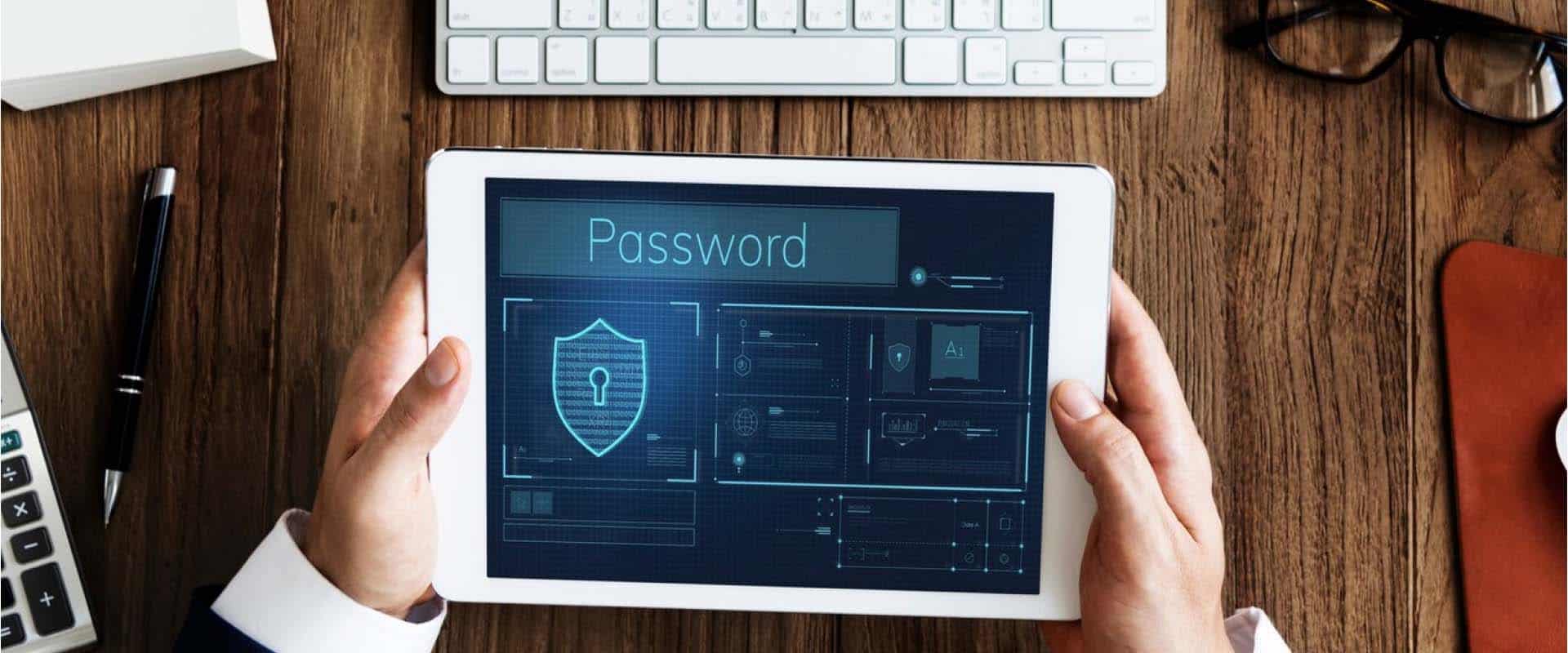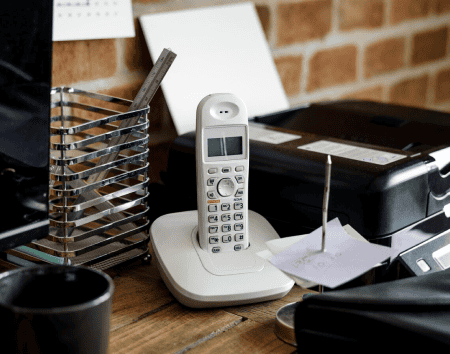
Cyber Security Perth: Why MFA Matters (and How to Roll It Out Right)
Why You’re Hearing More About Breaches—and Why MFA Matters
High-profile breaches are in the news more often, and many involve stolen or guessed passwords. In Australia alone, organisations notified 1,113 data breaches in 2024, the highest since mandatory reporting began—many linked to compromised credentials through phishing, brute-force, or hacking. OAIC
One of the simplest, most effective protections is multi-factor authentication (MFA). If you’ve been seeing prompts to “turn on MFA,” it’s for good reason: Microsoft’s analysis shows that enabling MFA can block over 99.9% of account-compromise attacks. Microsoft
This post explains MFA in plain English, what good MFA looks like, and how WA organisations can roll it out smoothly—with practical next steps for leaders who don’t have time for technical details.
What is MFA (in simple terms)?
MFA adds a second check when you log in. Instead of “password only,” you confirm it’s really you via:
-
a code in an authenticator app or SMS,
-
a push notification you approve, or
-
a security key (small USB/NFC device) or built-in biometric like Face/Touch ID.
Even if a criminal learns your password, they can’t pass the second check. That’s why Australia’s ACSC includes MFA in the Essential Eight—the baseline strategies for reducing cyber risk. Cyber.gov.au
Why MFA is everywhere now
-
Breaches are rising, and passwords are weak links. OAIC data shows a sustained rise in notifications and many incidents involve stolen or guessed credentials—exactly what MFA disrupts. OAIC
-
It’s a best-practice control. ACSC and international agencies recommend MFA as a core measure because it meaningfully reduces account takeovers. Cyber.gov.au+1
-
Vendors are making it easier. Microsoft 365, Google Workspace and common business apps now ship with MFA options that are straightforward to enable.
Which MFA methods should WA organisations use?
All MFA is better than none, but some methods are stronger and more convenient:
-
Authenticator app codes (e.g., Microsoft/Google Authenticator): strong, widely supported.
-
Push notifications: convenient; add number-matching where possible.
-
Security keys / passkeys (phishing-resistant MFA): the gold standard for sensitive roles; resists modern MFA-bypass phishing. CISA
-
SMS codes: acceptable as a starting point if nothing else is available, but upgrade when you can (SMS can be intercepted).
Where to start (priorities for busy leaders)
-
Protect email first. Secure Microsoft 365/Google accounts for all staff. Email is the gateway to everything.
-
Cover admin and finance roles next. Admins, executives, payroll, accounts payable—anyone who can move money or change settings.
-
Enable MFA on remote access and key apps. VPNs, cloud apps, remote desktops, CRM, finance systems.
-
Block legacy logins. Disable old protocols that bypass MFA (e.g., basic auth/POP/IMAP where feasible).
-
Provide a recovery path. Issue backup codes or a second factor, so lockouts don’t stop work.
-
Train briefly. A five-minute “how MFA works” guide reduces confusion and support calls.
Common worries (and how to solve them)
-
“MFA will slow my team down.” With push or passkeys, login is seconds—and far quicker than recovering from a breach.
-
“What if someone loses their phone?” Use backup factors and have a clear helpdesk process to re-enrol securely.
-
“Our volunteers/contractors will find it hard.” Start with authenticator apps or SMS, then step up to passkeys for high-risk users.
Compliance and WA context: Cyber Security Perth
-
Essential Eight alignment. MFA is a core Essential Eight control and a practical way to demonstrate uplift in maturity. Cyber.gov.au
-
Privacy obligations. With Australian breaches at record highs, strong authentication reduces the likelihood of reportable incidents under the Notifiable Data Breaches scheme. OAIC
-
NFPs and SMBs. Many handle sensitive client or donor information and rely on cloud services—MFA is a low-effort, high-impact safeguard.
What “good” MFA support looks like (MFA support Perth)
An effective MFA rollout balances security, simplicity, and support:
-
Discovery: identify accounts, apps, and any legacy protocols that could bypass MFA.
-
Policy: decide who needs which method (e.g., finance = passkeys, general staff = app codes/push).
-
Pilot & rollout: start with a small group, gather feedback, then enable for everyone.
-
Helpdesk playbook: clear steps for enrolling, lost-device handling, and secure re-verification.
-
Review: check sign-in logs and tighten policies over time (e.g., number matching, conditional access).
International guidance recommends phishing-resistant MFA (security keys/passkeys) for admins and high-risk users; consider this as your end state even if you begin with authenticator apps. CISA
Quick checklist for WA leaders
- MFA enabled on Microsoft 365/Google for all users
- High-risk users on phishing-resistant MFA (passkeys/security keys)
- Legacy/basic auth blocked where possible
- Backup codes issued and stored safely
- Short staff guide (one page) on how MFA works
- Quarterly review of sign-in risk and exceptions
- Tie MFA to broader Essential Eight uplift plan
Need practical help (MFA assistance Perth)?
If you want MFA rolled out without disruption, we can help—from planning and enrolment to helpdesk setup and admin hardening. We keep it simple, align it to Essential Eight, and support your team so MFA becomes part of the routine.
Contact BIZ-LYNX Technology to plan or upgrade your MFA today.







